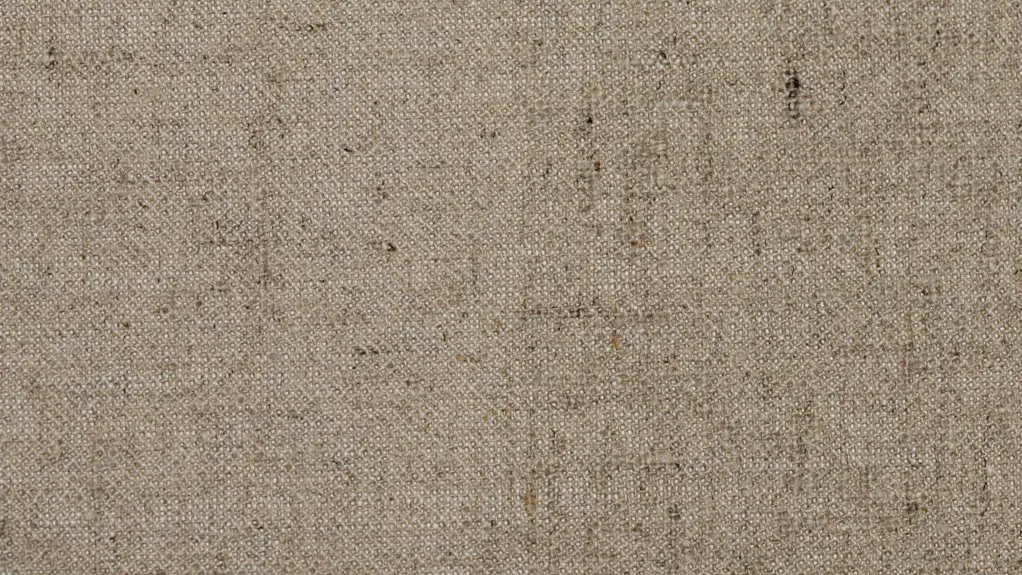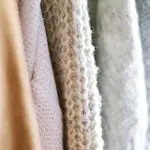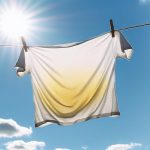Yes, there are sprays designed to prevent fabric pilling, and they can actually work! These sprays create a protective barrier on fibers, reducing friction and wear. Options range from silicone-based to natural oils, with varying effectiveness. Using the right spray for your fabric type is essential for maintenance. By incorporating these sprays into your fabric care routine, you can extend the life of your garments. Discover more about pilling prevention methods to keep your clothes looking great!
Table of Contents
Key Takeaways
- Fabric sprays can create a protective barrier on fibers, effectively reducing friction and minimizing pilling on garments.
- Spray A (silicone) and Spray C (synthetic polymers) offer high effectiveness in preventing fabric pilling.
- Regular use of fabric sprays can extend the life of garments and maintain their appearance over time.
- Choosing the right spray based on the fabric type is essential for optimal results in pilling prevention.
- While sprays help, combining them with other care methods enhances overall effectiveness against fabric pilling.
Understanding Fabric Pilling
Fabric pilling is a common annoyance that can detract from the appearance of your favorite clothes. You might notice those small, fuzzy balls forming on the surface of fabrics, especially on sweaters and knits.
Pilling occurs when fibers break due to friction, wear, or washing. It can happen to natural fibers like wool and cotton, as well as synthetic materials.
The good news is that you can take steps to minimize pilling. Choosing high-quality fabrics, washing clothes inside out, and using gentle cycles can help reduce the likelihood of pilling.
Regularly removing pills with a fabric shaver or a lint roller can also keep your garments looking fresh. Understanding pilling empowers you to maintain the longevity and appearance of your beloved wardrobe.
The Role of Fabric Sprays
While you might not think about it often, fabric sprays can play an essential role in preventing pilling and extending the life of your garments. These sprays create a protective barrier on the fibers, reducing friction and wear that leads to those pesky pills. By using them regularly, you can maintain your clothes’ appearance and softness.
Here’s a quick comparison of different fabric sprays:
| Brand | Key Ingredient | Effectiveness |
|---|---|---|
| Spray A | Silicone | High |
| Spray B | Natural oils | Moderate |
| Spray C | Synthetic polymers | High |
Choosing the right spray for your fabric type can make a noticeable difference, so keep this in mind for your wardrobe maintenance!
Alternative Prevention Methods
Besides using fabric sprays, there are several alternative methods to prevent fabric pilling and keep your clothes looking new.
First, choose high-quality fabrics when shopping; natural fibers like cotton and wool tend to pill less than synthetic ones.
When washing, turn your clothes inside out to minimize friction. Use a gentle cycle with cold water and avoid overloading your washer.
Adding a fabric softener can also help reduce static, which contributes to pilling.
Always air dry your garments or use a low-heat setting in the dryer to prevent damage.
Finally, store your clothes properly by avoiding overcrowding in your closet, which can cause unnecessary wear and tear.
These simple steps can help maintain your wardrobe’s appearance and longevity.
Tools for Removing Pilling
When you notice pilling on your favorite sweater or blanket, don’t fret—there are effective tools at your disposal to tackle the issue.
Fabric shavers are a popular choice; they quickly remove pills while keeping your fabric intact. Simply glide the shaver over the affected area, and watch those pesky fuzzballs disappear.
You can also use a lint roller for a quick fix, as it picks up loose fibers easily. A fine-toothed comb can help, too; gently combing the fabric will lift the pills without damaging the material.
If you prefer a DIY approach, a pair of scissors can work for small areas, but be careful not to snip the fabric itself.
Choose the tool that suits your needs best.
Future Innovations in Pilling Prevention
As technology advances, you can expect exciting innovations in pilling prevention that could revolutionize how we care for our fabrics. Researchers are exploring various methods to keep your clothes looking fresh and new for longer.
Here are a few potential breakthroughs you might see soon:
- Smart Fabrics: Textiles embedded with sensors that detect stress and adjust fibers to minimize pilling.
- Nano-coatings: Advanced protective layers that repel lint and reduce friction during wear, preventing pilling formation.
- Biodegradable Treatments: Eco-friendly solutions that strengthen fibers while being safe for the environment, ensuring your garments stay pristine.
These innovations promise to make fabric care easier, allowing you to enjoy your favorite clothes without worrying about unsightly pilling.
The future of fabric maintenance looks bright!
Frequently Asked Questions
Can Pilling Be Completely Eliminated From Fabrics?
You might think pilling’s unavoidable, but while you can’t completely eliminate it, you can greatly reduce it. Choosing quality fabrics and proper care helps keep your clothes looking fresh and pill-free for longer.
Are Natural Fibers Always Better Than Synthetic for Preventing Pilling?
Natural fibers aren’t always better than synthetics for preventing pilling. While they can be softer and more breathable, some synthetic fabrics are designed to resist pilling effectively, offering durability and performance you might prefer.
How Often Should I Use Fabric Sprays on My Clothes?
You’d think fabric sprays are a daily must, right? Well, you only need to use them every few washes or as needed. Overdoing it might leave your clothes feeling sticky rather than fresh!
Do Fabric Softeners Help to Prevent Pilling Effectively?
While fabric softeners can make your clothes feel smoother, they don’t effectively prevent pilling. To reduce pilling, focus on proper washing techniques and choose fabrics less prone to this issue, like synthetics or tightly woven materials.
Will Washing My Clothes Reduce Pilling Over Time?
Washing your clothes can help reduce pilling over time, especially when you use gentle cycles and cold water. It minimizes friction, which contributes to pilling, keeping your fabrics looking better for longer.
- What Kind of Yarn Pills the Least for Knitting and Crochet Projects? - June 11, 2025
- Are Natural Fibers or Synthetic Fibers More Prone to Pilling? - June 11, 2025
- Why Does My Washing Machine Seem to Cause Pilling on Clothes? - June 11, 2025







